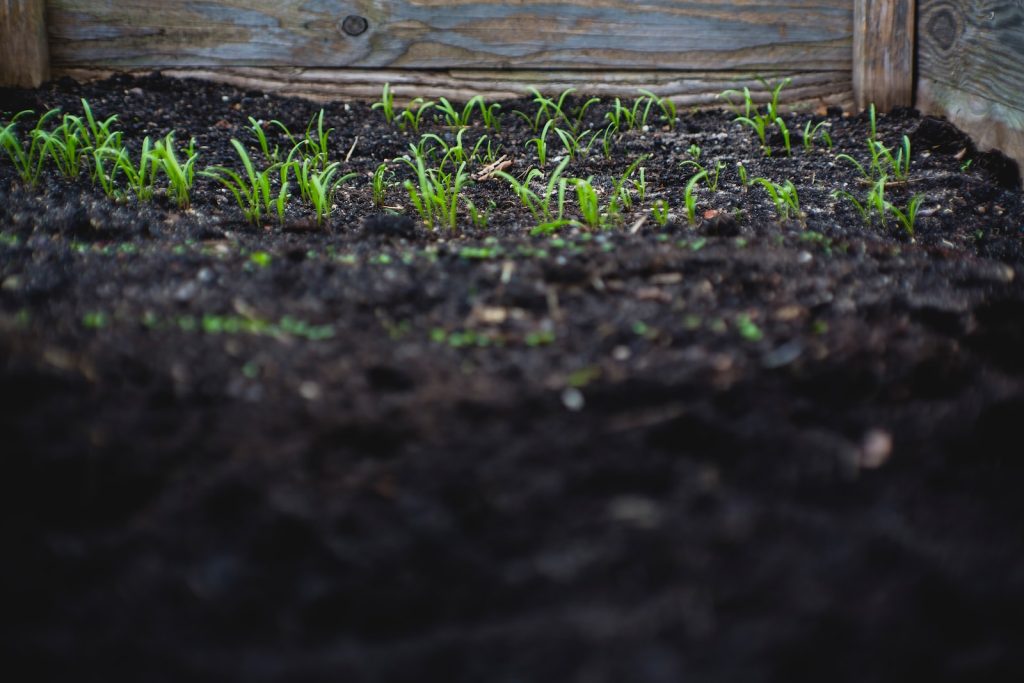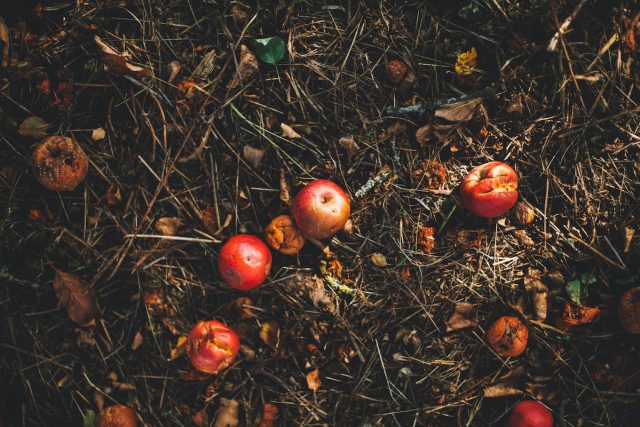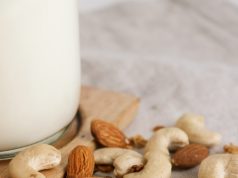Gardening is a rewarding experience, and soil quality is one of the most critical aspects of creating a lush garden. Composting, or organic recycling matter, can be an excellent way to provide your garden with nutrient-rich soil. Not only does composting help to reduce waste that would otherwise go to landfills, but it also helps to create healthy, fertile soil for your garden.
What is Compost?
y to create nutrient-rich soil for your garden. The benefits of composting include providing healthy soils, reducing waste, and improving water conservation efforts. It can save time and money in the long run but also helps you create an organic and sustainable gardening environment. One of the primary benefits of composting is that it helps improve soil quality by adding beneficial microbes, bacteria, fungi, earthworms, and other organisms that promote healthy soil structure. Compost can also increase aeration in clay soils or add moisture to sandy ones. By allowing the essential nutrients in compost to break down into smaller components over time, your plants can access them more easily. This process helps enrich your garden’s ecosystem with vital vitamins and minerals while minimizing fertilizer needs.
Building a Compost Pile
Composting is an essential part of any garden. By building a compost pile, you can turn everyday kitchen and yard waste into nutrient-rich soil that can be used to fertilize your plants. Creating a compost pile is easy and requires minimal supplies. Start by finding an area in your yard with good drainage and access to water; then, use materials such as leaves, kitchen scraps, yard clippings, shredded paper products, and manure to construct the pile itself. Ensure the compost pile has several layers of these materials to provide oxygen and aeration for decomposing. To ensure proper decomposition of the organic matter in your compost pile, keep it moist but not too wet – this will encourage beneficial microorganisms such as bacteria and fungi to break down the material faster.
Adding Organic Materials to Compost
Adding organic materials to your compost can significantly enrich the soil quality produced by breaking down more quickly than other materials. It’s important to understand that not all organic materials should go into your compost, as some items can contain harmful toxins or parasites that could harm your garden. Organic materials such as fruit and vegetable scraps, coffee grounds, egg shells, yard trimmings, and even sawdust are all great additions to a compost bin. Manure from herbivorous animals like cows, horses, or goats is also an excellent source of nutrition for the soil in your garden. However, it’s worth noting that manure from carnivorous animals such as cats or dogs should not be used in your compost pile.
Turning & Aerating the Pile
Turning and aerating the pile is essential for managing the pile’s temperature, improving airflow, and ultimately aiding in the decomposition process. Turning a compost pile can be done simply with a shovel or pitchfork. Turning the pile at least every two weeks is essential to distribute heat and moisture evenly throughout. Turning also helps increase airflow into the center of the compost heap, which accelerates microbial activity needed for decomposition. Additionally, aerating your compost can be done using an aeration tool or a long metal rod that you push into the middle of your pile once a month; this will help ensure oxygen is getting all around your compost, so it breaks down efficiently.
Harvesting the Compost
To harvest a compost pile in your garden, start by deciding when to use it in your garden beds. If you plan on using it immediately or within a few months, wait until the compost has had time to break down into rich soil. It’s best not to harvest too soon or overharvest because doing so can reduce its nutrient content and deplete beneficial microorganisms that help nourish the soil. After harvesting the compost, spread it around your garden beds evenly with a rake or shovel.
Incorporating Compost into Garden Soil
When incorporating compost into your garden soil, you must ensure it is properly broken down before use. The most effective way to do this is to allow it to sit for four months or longer with occasional turning or mixing. When adding it to your garden beds or containers, you will want to mix two parts of topsoil with one part of the compost.
The reward of Rich Soil

In conclusion, the reward of rich soil for a garden is worth the effort of composting. Composting can be done in many ways and requires little time or money to maintain. Those who enjoy gardening know that it is the key to their success and a healthy garden.
Benefits include improved soil structure, increased nutrient content, and better water retention. The end result is delicious vegetables, fruits, herbs, flowers, and trees that natural food sources have nourished. Compost can also reduce weeds by improving soil fertility and reducing competition from weeds for available nutrients in the soil.
Overall, composting is an easy process that anyone can do to improve their garden’s health while saving money at the same time. Rich soils are essential for plants’ optimal growth, making them an invaluable asset in any gardener’s tool kit!






























